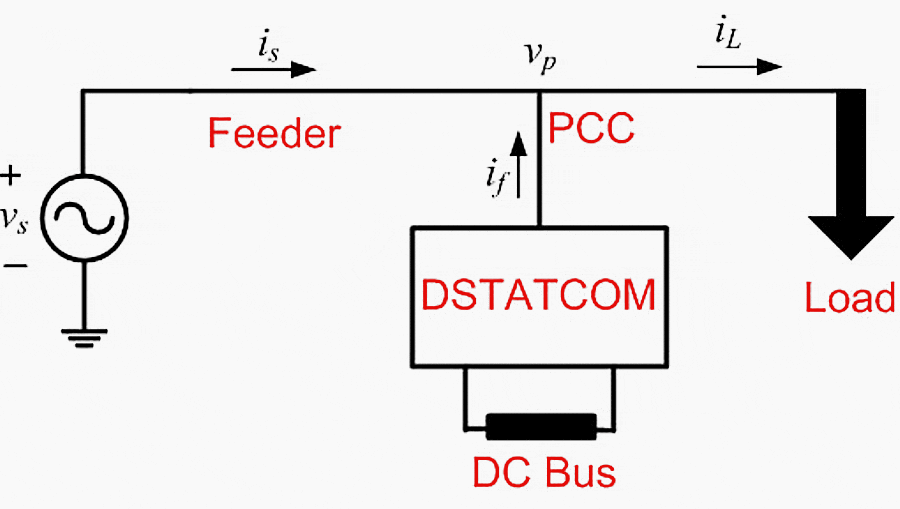Power quality problems
Power quality is defined by IEEE as “the concept of powering and grounding sensitive electronic equipment in a manner suitable for the equipment” (IEEE Std 1100). A simpler and concise definition is “Power Quality is a set of electrical boundaries that allows a piece of equipment to function in its intended manner without significant loss of performance or life expectancy”.

Primarily power quality at the transmission and distribution level refers to the voltage staying within plus or minus 5 percent. It is recommended that the voltage violation should be cleared up within 2 seconds from the time of occurrence. Poor power quality affects the performance and life expectancy of an electrical device. Both of them are strictly related to the voltage, current and frequency applied to the electrical device.
An ideal distribution system is expected to have pure sinusoidal voltage and current waveforms of fundamental frequency, where the voltage magnitude remains within some pre-specified bounds.
All these cause power quality issues in the network. Notable man made reasons can be switching on and off large loads, especially large electrical motors in industry, power electronic equipment used in electronic devices, operation and switching of capacitor or inductive banks, transformers etc.

Some of the power quality events considered in this thesis is:
Voltage Variation
Voltage variation (like sag, swell or interruption) with a duration not exceeding one minute is categorized as short time voltage variation, while those with time duration above one minute are categorized as long time voltage variation.
The voltage variation can result damage in customer appliances and other power quality problems as by-products.
Power Factor and Reactive Power
As per IEEE Recommended Practice for Utility Interface of Photovoltaic (PV) Systems, all PVs must inject power at unity power factor. This PV injection increases the voltage at the connection point and adds non-linearity to the system. However with reactive power control of the PVs the voltage at the connecting point can be controlled.
In this study, the above mentioned problems will be addressed and their mitigation techniques will be proposed. The devices that will be used in mitigation are all VSC based. It is to be noted that as PV is currently the most popular form of small scale DG units.
Therefore, in this thesis, the terms DER, DG and PV are used interchangeably.
| Title: | Improving power quality in LV networks with distributed generation – Sumit Mazumder Ami at School of Electrical Engineering and Computer Science; Science and Engineering Faculty; Queensland University of Technology |
| Format: | |
| Size: | 8.6 MB |
| Pages: | 228 |
| Download: | Here 🔗 (Get Premium Membership) | Video Courses | Download Updates |



thanks so much
In current scenario due to nonleaner load major issues faced by every industry and commercial building is Harmonic issue. To remove harmonic distortion we may use Inventum power harmonic filter.
Thanks
J k sharma
[email protected]